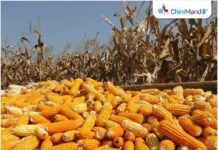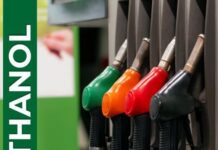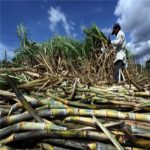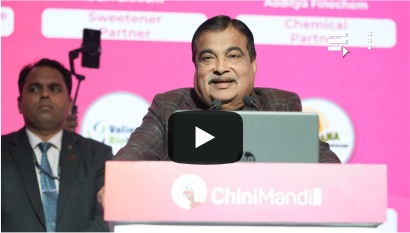The Hon’ble Prime Minister Narendra Modi, while inaugurating a Bioethanol Plant in Assam on Sunday, said that in the changing times, the country requires alternative fuels to reduce dependence on oil and gas. The industry believes that these words instil a sense of urgency regarding the biofuel programme. However, as India successfully achieved E20, there is a need for a National Policy to achieve higher blending in a smooth and seamless manner.
Advocating the need for a long-term policy, Vedang Pittie, Executive at Harinagar Sugar Mills, said that the industry urgently requires a clear roadmap for ethanol.
While speaking to ChiniMandi, he said, “The ethanol demand in the country is coming primarily from petrol blending. I feel a staggered approach to blending is critical. After E20, the focus should be on E25 and then E30. Every increase in blending creates an assured demand. Without a proper national policy, there is a risk of a hard stop. A definitive Roadmap will give confidence to investors, ensure capacity creation, and make ethanol a powerful product for the future.”
On Sustainable Aviation Fuel (SAF), he pointed out that, as per the Deloitte-ISMA report on SAF titled ‘Green Horizon- India’s Sustainable Aviation Fuel (SAF) Roadmap, the sugar sector can easily support 125 to 150 crore litres of SAF production in 2030 without any disruptions in the ongoing sugar supply or ethanol blending, provided there is the right infrastructure and policy.
Pittie said that the emergence of grain-based ethanol units in the country was to ensure round-the-year availability of feedstocks for ethanol production and supply. As compared to sugarcane, maize has three cropping seasons (Rabi, Kharif and Spring), which reduces weather-related risks.
“However, if the price of ethanol from B heavy molasses and syrup ethanol is lucratively increased, then the sugar factories can produce ethanol from sugar syrup during the crushing season and store the B heavy molasses, which can be processed into ethanol during the off-season. This would ensure a year-round supply of ethanol from sugarcane feedstocks around the year. This would also lead to more diversion of sugar, especially during excess sugar seasons such as what is being anticipated in 2025-26 SS,” he added.
He said that the Government should increase the procurement price of ethanol from B Heavy Molasses and Sugarcane Juice, which have remained stagnant for the past two years. “Domestic sugar prices are trading higher, which makes it more lucrative for the producer. There should be a commensurate price of ethanol, which will ensure that the sugar producer, who is diverting sugar from ethanol, is compensated for the loss he is making for not producing sugar. This will incentivise the producers to keep making ethanol.”
The scion said that the Government must balance its weightage between EVs and Flex-Fuel Vehicles (FFVs). “Brazil, for example, has already moved to E30, and their blending could go up to E55 purely because of FFVs. In India, FFV adoption remains constrained by tax structures. FFV models for E20 and E30 are available, but they need to be rationalised and promoted. Right now, FFVs attract almost 40% tax, which is not at all conducive”, he said.
Pittie concluded by saying that if our goal is sustainability and we are looking at zero net emissions, then ethanol produced from sugarcane is the greenest fuel because it is powered by bagasse. “If we are serious about energy transition, sustainability, and investor confidence, we must prioritise sugarcane ethanol, rationalise policies for FFVs, and build a clear, staged roadmap for ethanol blending. That is how we will assure consistent supply, investor trust, and long-term energy security.”

















